Doctor Le Nhat Duy, University of Medicine and Pharmacy Hospital, Ho Chi Minh City - Branch 3, said that according to the World Health Organization (WHO), each year there are about 15 million people suffering from stroke. According to statistics from the Ministry of Health , in Vietnam there are about 200,000 cases of stroke each year, of which the proportion of people under 45 years old accounts for about 10-15% and is on the rise.
Sudden severe headache is a common sign of stroke in men - Photo: AI
Stroke symptoms may not be the same in both sexes.
Dr. Nhat Duy said that, in general, men are at higher risk of stroke than women in their young and middle age. This may be related to unhealthy lifestyles (higher rates of smoking and drinking) and some genetic factors. However, in men, typical signs are often easier to recognize, such as:
- Weakness or paralysis of one side of the body (especially an arm or leg).
- Mouth distortion, lisp, difficulty understanding speech.
- Loss of vision in one eye, loss of balance.
- Sudden severe headache.
Meanwhile, in women, in addition to the typical symptoms of stroke as above, there may also be "atypical" symptoms that are easily overlooked such as:
- Sudden fatigue, mood changes, confusion.
- Nausea, hiccups persist.
- Chest pain, mild shortness of breath.
- Transient loss of consciousness or fainting.
“Sometimes the above symptoms in women are often mistaken for stress or related to digestive diseases, so they are easily overlooked for timely intervention. In particular, after menopause, estrogen levels in women decrease, thereby losing the protective effect on blood vessel walls, significantly increasing the risk of stroke,” said Dr. Nhat Duy.
In addition, women also have specific risk factors such as:
- Pregnancy and complications (preeclampsia, eclampsia).
- Use of oral contraceptives (especially those containing high doses of estrogen, in smokers).
- Postmenopausal hormone replacement therapy.
- Underlying diseases such as atrial fibrillation and hypertension are not well controlled.
“Differences in vascular structure, neurophysiology and emotional expression are also factors that make clinical signs in women sometimes more difficult to recognize than in men. Because of these factors, women often have atypical stroke symptoms, leading to later diagnosis and treatment. The mortality and disability rates after stroke in women are also higher,” Dr. Nhat Duy explained.
Chest pain and mild shortness of breath can be signs of stroke in women - Photo: AI
Are stroke complications different in men and women?
Accordingly, Dr. Nhat Duy said that after a stroke, women tend to suffer more severe complications than men, including:
- Poorer motor function recovery.
- Increased risk of cognitive disorders, dementia.
- Prone to depression and prolonged anxiety.
- Higher risk of dependence on caregivers (due to physical weakness, old age).
Meanwhile, men have a higher acute mortality rate, especially in cases of severe cerebral hemorrhage. However, if they survive the emergency phase, the ability to recover is somewhat better than women because they are often younger and have fewer underlying medical conditions.
FAST rule - common identification mark
According to the recommendations of the American Stroke Association (ASA) and the World Health Organization (WHO), people should remember the FAST rule to quickly identify the signs of a stroke:
F (Face): Crooked mouth, crooked smile, asymmetrical on both sides.
A (Arms - Arms): Weak or paralyzed one arm, unable to lift.
S (Speech - Speaking): Lisping, stuttering, difficult to understand, unclear.
T (Time): If you notice any of the above symptoms, call an ambulance immediately. Time is the most important factor in treating a stroke, the sooner the better.
The older you get, the more you should be careful of stroke!
Doctor Le Nhat Duy said that age is the most important unchangeable risk factor for stroke, because:
Aging of blood vessels : As we age, blood vessel walls become stiffer and lose elasticity. Plaques are more likely to form, increasing the risk of blood clots causing blockages.
Hypertension : Is the leading risk factor for both ischemic and hemorrhagic stroke, increasing with age.
Atrial fibrillation: The incidence of atrial fibrillation increases significantly in the elderly, causing the formation of blood clots in the heart, which can travel to the brain and cause a stroke.
Comorbidities : Elderly people often have many comorbidities such as diabetes, cardiovascular disease, high blood fat, increasing the risk of stroke.
Source: https://thanhnien.vn/dau-hieu-va-bien-chung-dot-quy-nam-va-nu-khac-nhau-khong-185250702222822163.htm



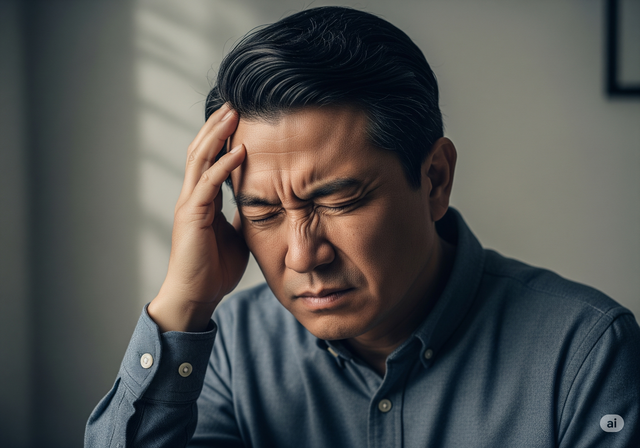

![[Photo] Multi-colored cultural space at the Exhibition "80 years of the journey of Independence - Freedom - Happiness"](https://vphoto.vietnam.vn/thumb/1200x675/vietnam/resource/IMAGE/2025/8/26/fe69de34803e4ac1bf88ce49813d95d8)
![[Photo] Prime Minister Pham Minh Chinh chairs meeting of National Steering Committee on International Integration](https://vphoto.vietnam.vn/thumb/1200x675/vietnam/resource/IMAGE/2025/8/26/9d34a506f9fb42ac90a48179fc89abb3)



![[Photo] Prime Minister Pham Minh Chinh receives CEO of Samsung Electronics](https://vphoto.vietnam.vn/thumb/1200x675/vietnam/resource/IMAGE/2025/8/26/373f5db99f704e6eb1321c787485c3c2)
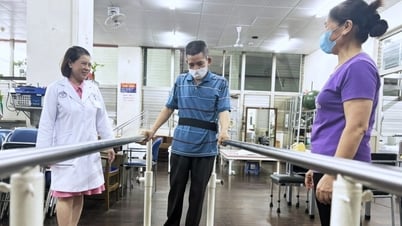

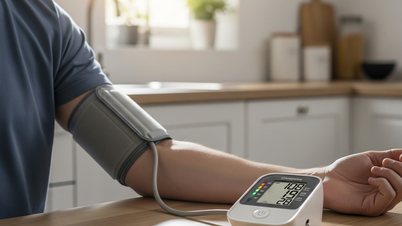






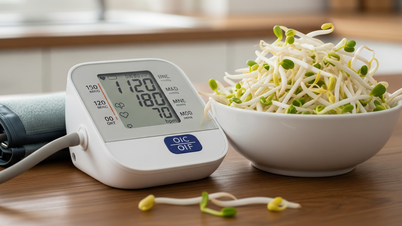

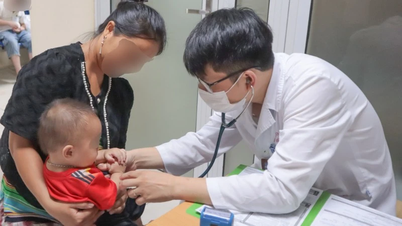


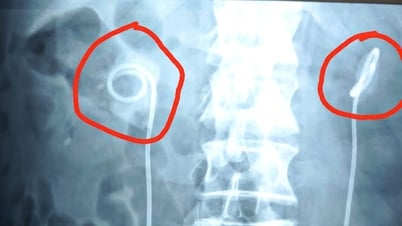






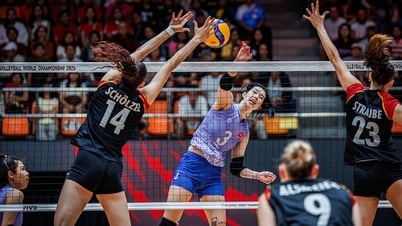












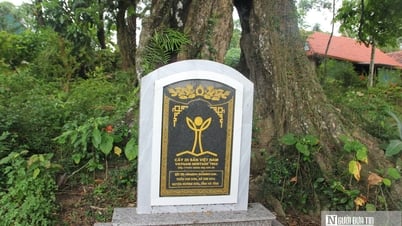











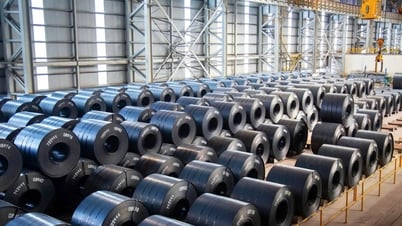

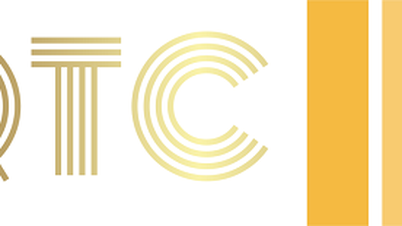




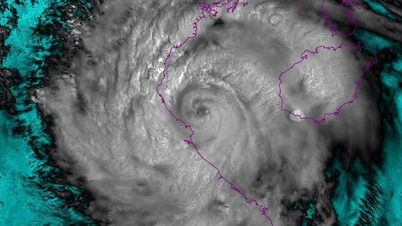
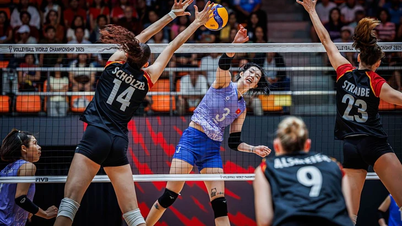















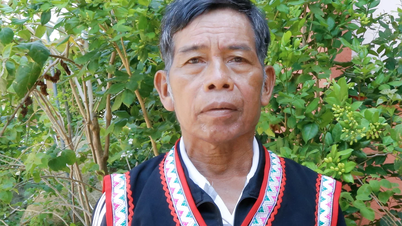




















Comment (0)